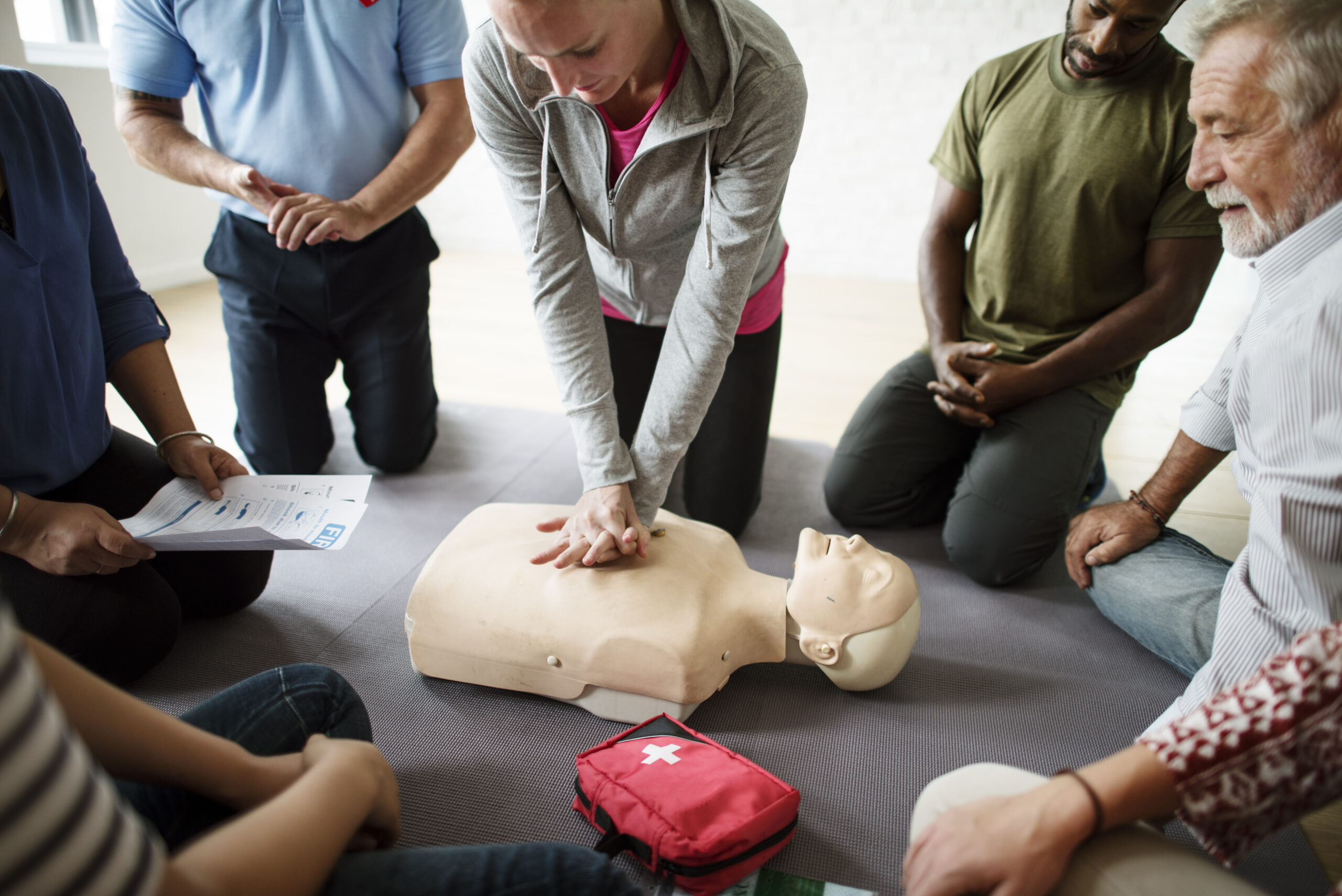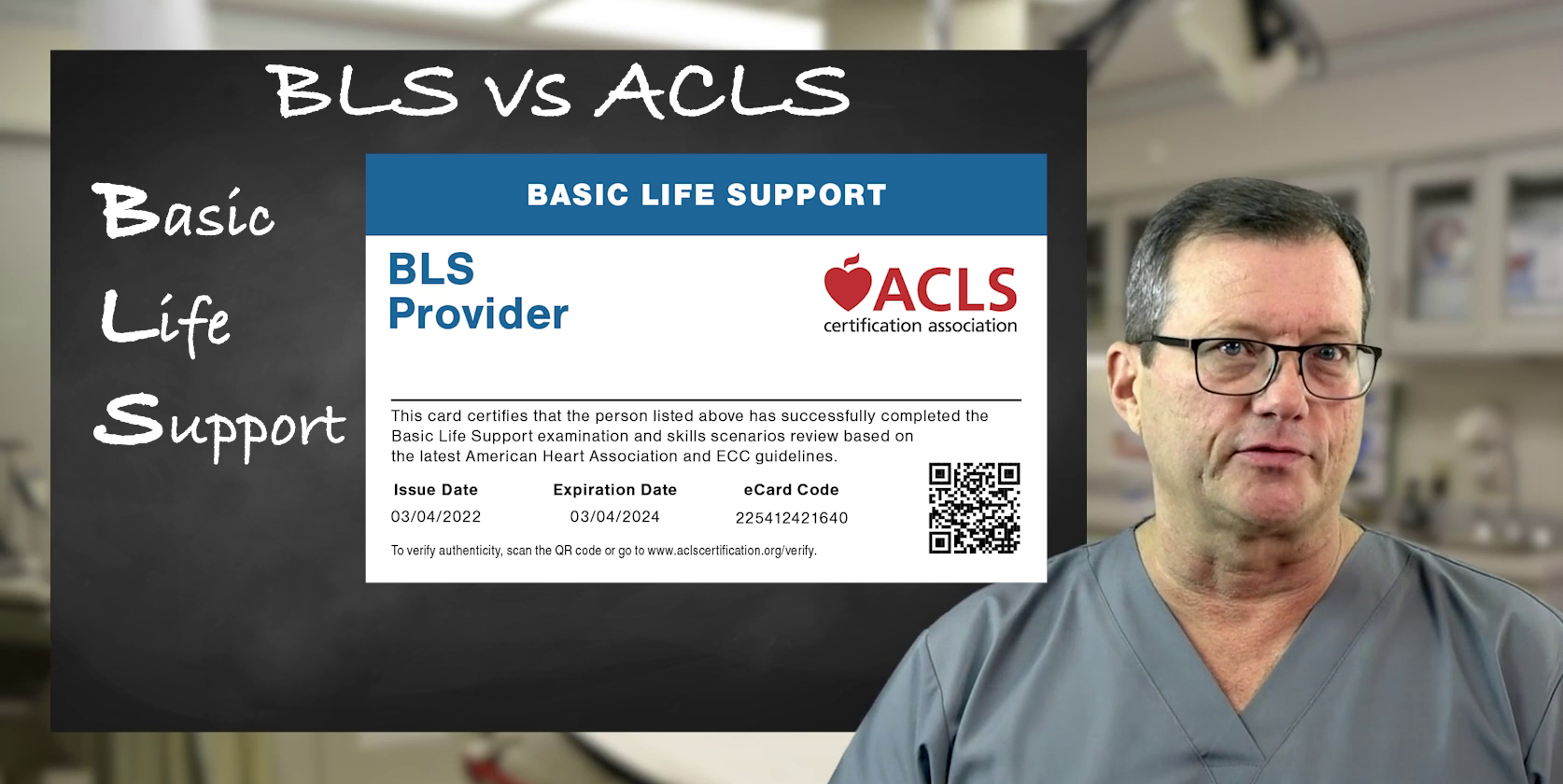AHA Guidelines Update: 2017
ACLS Certification Association videos have been peer-reviewed for medical accuracy by the ACA medical review board.
Article at a Glance
- Before 2017, the American Heart Association (AHA) and the International Liaison Committee on Resuscitation (ILCOR) released updated advanced cardiac life support (ACLS), basic life support (BLS), and pediatric advanced life support (PALS) standards every five years.
- Since 2017, AHA and ILCOR have released annual updates to the AHA guidelines based on the best currently available scientific evidence.
- The AHA plans to release a full update every 5years as in the past, but there is consensus that annual updates will ensure better patient care and outcomes.
Related Video – Learn the Latest CPR Guidelines
In the 2017 annual update, changes were made in the following sections of the BLS guidelines:
- Bystander cardiopulmonary resuscitation (CPR)
- Emergency medical services (EMS) delivered CPR
- CPR for cardiac arrest
- Compression to ventilation ratio
- Pediatric CPR
- Chest compressions only for pediatric patients
This document provides the most current recommended changes to the guidelines as of the 2017 annual update. Unless changed or replaced in subsequent guidelines, these recommendations should be considered current. Guideline updates for ACLS, BLS, and PALS are now released annually. Read: Understanding the 2018 AHA Updated GuidelinesOverview of 2017 Changes

Untrained rescuers should provide compressions-only CPR.1 Rescuers trained in compression-only CPR should provide that level of care in out-of-hospital cardiac arrest (OHCA). Lay rescuers trained in compressions and ventilations should provide that level of care in OHCA.Bystander CPR
2017
Related Video – Steps of Hands Only CPR Explained
Before inserting an advanced airway, EMS providers should first perform CPR providing asynchronous ventilation during chest compressions.EMS-delivered CPR
2017
When an advanced airway is in place, ventilations should be given without pausing chest compressions.CPR for Cardiac Arrest
2017
For adults in cardiac arrest, the compression to ventilation ratio should be 30 compressions to 2 ventilations.2Compression to Ventilation Ratio
2017
The rescuer should provide compressions and rescue breaths to pediatric patients in cardiac arrest.Pediatric CPR
2017
Rescuers unwilling to deliver rescue breaths should provide compressions-only CPR for pediatric patients.3Chest Compressions Only for Pediatric Patients
2017
More Free Resources to Keep You at Your Best
Editorial Sources
ACLS Certification Association (ACA) uses only high-quality medical resources and peer-reviewed studies to support the facts within our articles. Explore our editorial process to learn how our content reflects clinical accuracy and the latest best practices in medicine. As an ACA Authorized Training Center, all content is reviewed for medical accuracy by the ACA Medical Review Board.
1. American Heart Association. Hands-Only CPR.
2. American Heart Association. Adult Basic Life Support.
3. Cindy H. Hsu, MD, PhD, and Robert W. Neumar, MD, PhD. To Breathe, or Not to Breathe, That Is the Question. National Library of Medicine. 2019.

